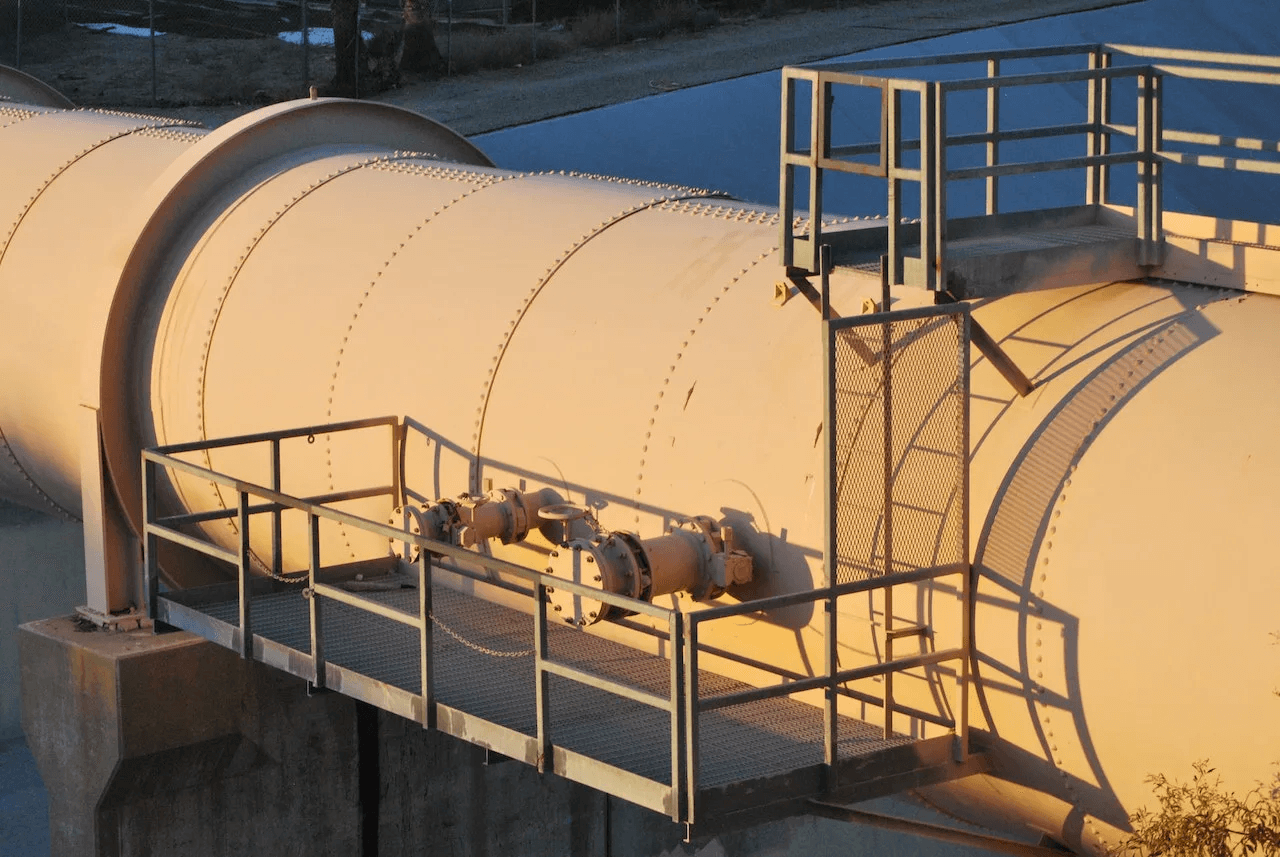Are you seeking a proactive approach to asset management that enhances safety, optimizes costs, and extends equipment lifespan? risk based inspection methodology can be the solution to your current needs. In this detailed article, we will explore this method, providing you with valuable information and answering common questions.
What Is Risk-Based Inspection Methodology?
Risk-Based Inspection Methodology, often abbreviated as RBI Methodology, is a systematic process that evaluates the potential risks associated with assets and facilities. It combines data analysis, engineering expertise, and industry-specific knowledge to determine the likelihood and consequences of asset failures.
What Are The Key Components of Risk-Based Inspection Methodology?
Risk-Based Inspection Methodology consists of several key components, each playing a crucial role in the assessment and management of asset integrity:
1. Data Collection
Data Collection involves the gathering of essential information about the asset. This includes obtaining design specifications, understanding operating conditions, and reviewing historical performance data.
2. Risk Assessment
Risk Assessment is a critical phase where potential risks are carefully evaluated. This evaluation takes into account various factors, including the presence of corrosion, stress levels, and the prevailing environmental conditions. By thoroughly assessing these elements, organizations can identify and prioritize areas of concern.
3. Probability and Consequence Analysis
In the context of risk-based inspection methodology, the crucial step of Probability and Consequence Analysis involves determining how probable it is for an asset to fail and what consequences may arise if such failures were to occur.
4. Risk Prioritization
Risk prioritization is vital in risk-based inspection methodology. It involves categorizing assets based on their level of risk, enabling focused inspection and maintenance efforts on the most critical ones.
5. Inspection Planning
Inspection Planning means developing a personalized inspection strategy that matches the priorities we have identified during risk assessment. This strategy is designed to meet the specific requirements of high-risk areas.
6. Continuous Monitoring
Regularly assessing asset conditions and adjusting maintenance strategies as needed.
How To Implement Risk-Based Inspection?
In this section, we will outline the step-by-step process for implementing RBI effectively.
Step 1: Data Collection
In data collection, there are four measurable steps mentioned as follows.
1. Design and Construction Data
The journey begins with the meticulous gathering of design and construction data. This encompasses everything from blueprints to material specifications, providing a comprehensive understanding of asset configurations.
2. Process and Operating Data
Next, we delve into the process and operating data, crucial for assessing how an asset functions in real-world conditions. This data helps identify operational parameters that influence asset integrity.
3. Inspection and Maintenance History
A treasure trove of insights lies within inspection and maintenance history. By analyzing past data, we can discern patterns of wear and tear, aiding in the prediction of future issues.
4. Damage Mechanisms Review
Identifying potential damage mechanisms is a pivotal step. By understanding the rates, locations, and failure modes, we gain insights into vulnerabilities that need to be addressed.
Step 2: Risk Assessment
1. Assessing the Consequence of Failure (CoF)
Estimating the impacts of a loss of containment is crucial, and it encompasses evaluating its consequences on safety, health, the environment, and the economy.
2. Assessing Probability of Failure (PoF)
Determining the likelihood of a loss of containment is equally vital. This involves evaluating the interplay between damage mechanisms, inspection program effectiveness, and the risk of failure.
Step 3: Risk Ranking
1. Calculating Risk for Each Specific Consequence
Once we have quantified the CoF and PoF, we can calculate the risk for each specific consequence. This allows for a targeted approach to mitigation.
2. Sensitivity Analysis
To ensure the validity of our risk assessments, a sensitivity analysis is conducted. It helps us understand if our perceived risks align with reality.
3. Risk Presentation
Effectively communicating risks to stakeholders is essential. Clear and concise risk presentations facilitate informed decision-making.
4. Establishing Acceptable Risk
Determining the level of risk that is acceptable is a pivotal step. This helps organizations define which risks need immediate mitigation.
Step 4: Inspection Planning
1. Risk Drivers
Understanding what drives risk is essential. This involves identifying the elements that contribute to risk levels and addressing them proactively.
2. Inspection Methods, Extent, Intervals
Developing an inspection plan involves determining how, when, and where inspections should take place to mitigate identified risks.
3.Other Risk Mitigation Activities
Apart from inspections, other activities may be necessary to mitigate risks, such as equipment replacement, repair, modification, redesign, or rerating.
4. Residual Level of Risk
After executing the plan, it’s vital to assess the residual level of risk. This helps in understanding how much risk remains and whether further action is needed.
Step 5: Mitigation
The execution phase involves putting the risk-based inspection plans into action. This may include establishing Integrity Operating Windows (IOWs), equipment replacement, repair, process modifications, and more.
Step 6: Reassessment
RBI is not a one-time endeavor. It’s an ongoing cycle that includes reassessment based on inspection and mitigation results. Regularly updating risk and inspection plans ensures that your assets remain reliable and safe.
What Are The Benefits of Risk-Based Inspection Methodology Implementation?
1. Enhanced Safety
The Risk-Based Inspection Methodology is a powerful tool for preventing major failures, which in turn safeguards the well-being of both employees and the environment.
2. Cost Optimization
Through targeted allocation of resources to assets with higher risks, organizations efficiently cut down on maintenance costs that would otherwise be spent on assets at lower risk.
3. Extended Asset Life
By taking proactive steps in maintenance and risk management, organizations can significantly prolong the operational life of their vital assets.
4. Compliance
The Risk-Based Inspection Methodology plays a crucial role in helping organizations meet the requirements set by regulators and industry standards, ensuring they operate within the bounds of the law.
What Are Frequently Asked Questions Regarding Risk-Based Methodology?
1. How Does Risk-Based Inspection Methodology Differ from Traditional Inspection Methods?
The Methodology focuses on risk assessment and prioritization, allowing organizations to allocate resources more effectively compared to traditional time-based inspections.
2. Is Risk-Based Inspection Methodology Suitable for All Industries?
Risk-Based Inspection Methodology is adaptable and can be applied across various industries, including oil and gas, manufacturing, and infrastructure.
3. What Data Is Crucial for Risk-Based Inspection Methodology?
Critical data includes asset specifications, operating conditions, failure history, and environmental factors.
4. How Often Should Risk-Based Inspection Methodology Be Conducted?
Risk-Based Inspection Methodology is an ongoing process, with continuous monitoring and periodic reassessment of assets.
5. Can Risk-Based Inspection Methodology Be Integrated with Other Asset Management Strategies?
Yes, Risk-Based Inspection Methodology can complement other strategies such as predictive maintenance and reliability-centered maintenance.
In conclusion, Risk-Based Inspection Methodology is a powerful tool for asset management, providing a proactive approach to risk assessment and maintenance. By implementing Risk-Based Inspection Methodology, organizations can enhance safety, optimize costs, and extend the life of critical assets.
If you’re looking to improve your asset management strategy, consider integrating Risk-Based Inspection Methodology into your operations. Additionally, PetroSync offers valuable training in API 580 and API 581, which are essential for gaining expertise in the application of these methodologies. Investing in Risk Based Inspection training can empower your team with the knowledge and skills needed to effectively implement Risk-Based Inspection, further enhancing your asset management capabilities.
Credit: Pexels

SEO specialist by day, fact-checker by night. An avid reader and content writer dedicated to delivering accurate and engaging articles through research and credible sources.







